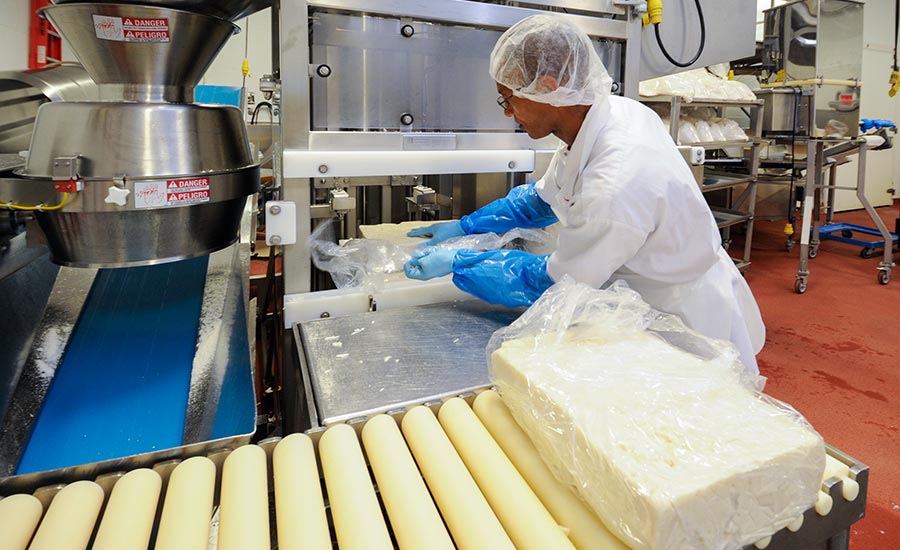Why Floridia Cheese Thomastown Is a Masterpiece in Melbourne Made Cheese
Why Floridia Cheese Thomastown Is a Masterpiece in Melbourne Made Cheese
Blog Article
Opening the Secrets of Artisanal Cheese Making: A Step-by-Step Do It Yourself Guide
In the realm of cooking workmanship, artisanal cheese making stands as a testimony to the delicate balance between custom and technology. Each action in the process, from selecting the best milk to improving aging strategies, holds within it a wealth of knowledge passed down with generations. As we start this journey to demystify the art of developing elegant cheeses, we are confronted with a tapestry of skills and keys waiting to be untangled. Join us as we check out the details of this old craft, where art, patience, and scientific research merge to generate tastes that entice the senses.
Picking the Right Milk
When getting started on the trip of artisanal cheese making, the choice of milk plays a vital duty in establishing the top quality and attributes of the end product. The sort of milk selected affects the taste, appearance, and generally profile of celebrity. Raw milk, directly from the animal, is liked by numerous artisanal cheesemakers due to its unique mix of enzymes, microorganisms, and taste compounds. Utilizing raw milk comes with policies and threats, making sterilized milk a more secure alternative for newbies.
When picking milk for cheese production, it is essential to take into consideration the fat content. Greater fat web content in milk can result in a creamier and richer cheese, while reduced fat web content may cause a drier and stronger texture. Additionally, the resource of the milk, whether from cows, goats, lamb, or buffalo, contributes unique tastes and characteristics to the cheese (Floridia Cheese Melbourne). Each kind of milk brings its very own subtleties, enabling a vast array of cheese ranges to be crafted based upon the picked milk. Ultimately, the selection of milk is an essential choice that sets the structure for a successful artisanal cheese-making venture.
Culturing and Coagulating
To start the cheese-making process, the essential steps of culturing and coagulating have to be very carefully implemented to change milk into curds and whey. Culturing entails presenting beneficial bacteria to the milk, which then begins the fermentation procedure. These germs transform lactose (milk sugar) into lactic acid, creating the acidic atmosphere required for coagulation. The kind of society made use of can dramatically affect the flavor, structure, and ripening of the final cheese item.

The timing and temperature control throughout culturing and coagulation are vital aspects that influence the final outcome of celebrity. Correct implementation of these Floridia Cheese Melbourne actions is important to make certain the wanted appearance, flavor, and consistency of the artisanal cheese being generated.
Draining and Pushing Curds
After the milk proteins have actually coagulated and the curds have been cut to release whey, the following crucial action in artisanal cheese making involves draining and pushing the curds to achieve the preferred texture and uniformity of the final cheese item. Draining is the process of dividing the curds from the whey. This can be done by transferring the curds right into a cheesecloth-lined colander or mold and mildew and permitting the whey to drain off naturally. The time for draining pipes can vary relying on the kind of cheese being made and the desired dampness content.
As soon as the curds have adequately drained, the next step is pushing. Pressing assists eliminate any kind of staying whey and compacts the curds to form a strong cheese wheel. Pushing can be done utilizing specialized cheese presses that use consistent and mild stress over a period of time. The duration and pressure applied throughout pushing will certainly influence the last appearance of the cheese, from velvety and soft to hard and company. Appropriate draining and pushing are important actions that substantially affect the high quality and qualities of the artisanal cheese being created.
Aging and Flavor Techniques
Applying thorough aging and flavor strategies is pivotal in improving the depth and complexity of artisanal cheeses, boosting their taste profiles to elegant levels of improvement and elegance. Aging plays an important role in developing the one-of-a-kind tastes and textures that differentiate artisanal cheeses.
Seasoning techniques additionally contribute dramatically to the last taste of artisanal cheeses. Cheesemakers might select to present added flavors by including components such as herbs, flavors, or even fruits right into the cheese during the production procedure. Additionally, some cheeses are washed or scrubed with numerous liquids, such as salt water or alcohol, to enhance their appearances and tastes.
Wrapping and Saving Cheeses

Verdict
In final thought, mastering the art of artisanal cheese making involves very carefully choosing the right milk, complying with accurate culturing and coagulating procedures, draining and pressing curds efficiently, and making use of various aging and flavor strategies. By complying with these actions carefully and with focus to information, you can develop your very own tasty and special cheeses in the house. Remember to cover and save your cheeses appropriately to make certain ideal taste and appearance growth. Delighted cheese making!
Each kind of milk brings its very own subtleties, allowing for a large variety of cheese selections to be crafted based on the chosen milk.After the milk proteins have coagulated and the curds have been cut to release whey, the next critical step in artisanal cheese making entails draining pipes and pushing the curds to achieve the preferred structure and consistency of the last cheese product. Many cheeses need to be wrapped in wax paper or cheese paper to allow them to breathe while securing them from drying out. For cheeses that require to continue aging, such as bloomy skins or cleaned peels, ensure they are saved in a cool atmosphere like a cheese cavern or a fridge set to the proper temperature. By paying interest to the wrapping and storage space of artisanal cheeses, cheese makers and lovers can maintain the stability of these specials and completely enjoy their intricate tastes.
Report this page